Greetings Architecture+Design community. My profession is Civil Engineer and I would like to present my publication corresponding to the Third Contest Living in a material world, promoted by this community and whose rules can be consulted here.
I find the contest very interesting, because everything around us is a material world, a heterogeneous environment, made up of a diversity of materials and finishes, a world full of urbanisms, of cities that day by day expand their economies and for that they need to develop their infrastructure.
An environment that everywhere you look you will see a diversity of construction materials, new or worn out, that fulfill a function at the service of its users. Buildings, universities, hospitals, hotels, roads and even our homes are proof that we live in a material world. I invite you to learn about three (3) construction materials, which in my opinion move the industry.
1ST MATERIAL: Mixed concrete
Use: Interior and exterior
.Concrete is next to steel the most indispensable materials in the construction industry. In the beginning there was only ready-mixed concrete, but later, when "ready-mixed concrete" was born, it was a milestone that led to the use of this method for large-scale and major constructions.
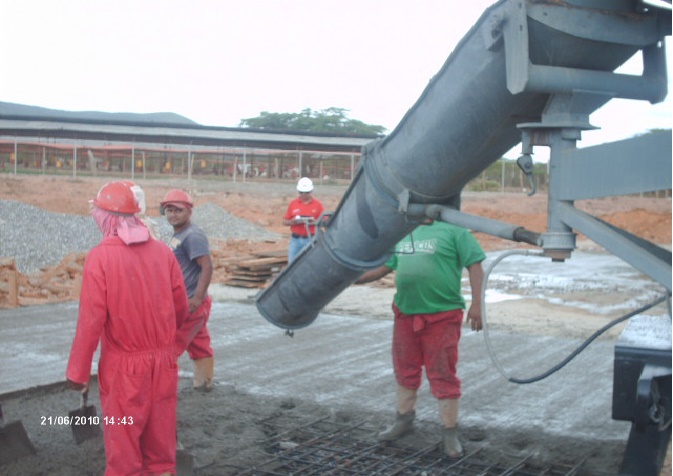
Source: Author's own. Pouring of ready-mix concrete.
The larger the amount of concrete to be poured, the greater the risk of adequately controlling all the parameters and factors that affect the components, as well as the preparation of the mix, placement, curing and stripping of the construction elements.
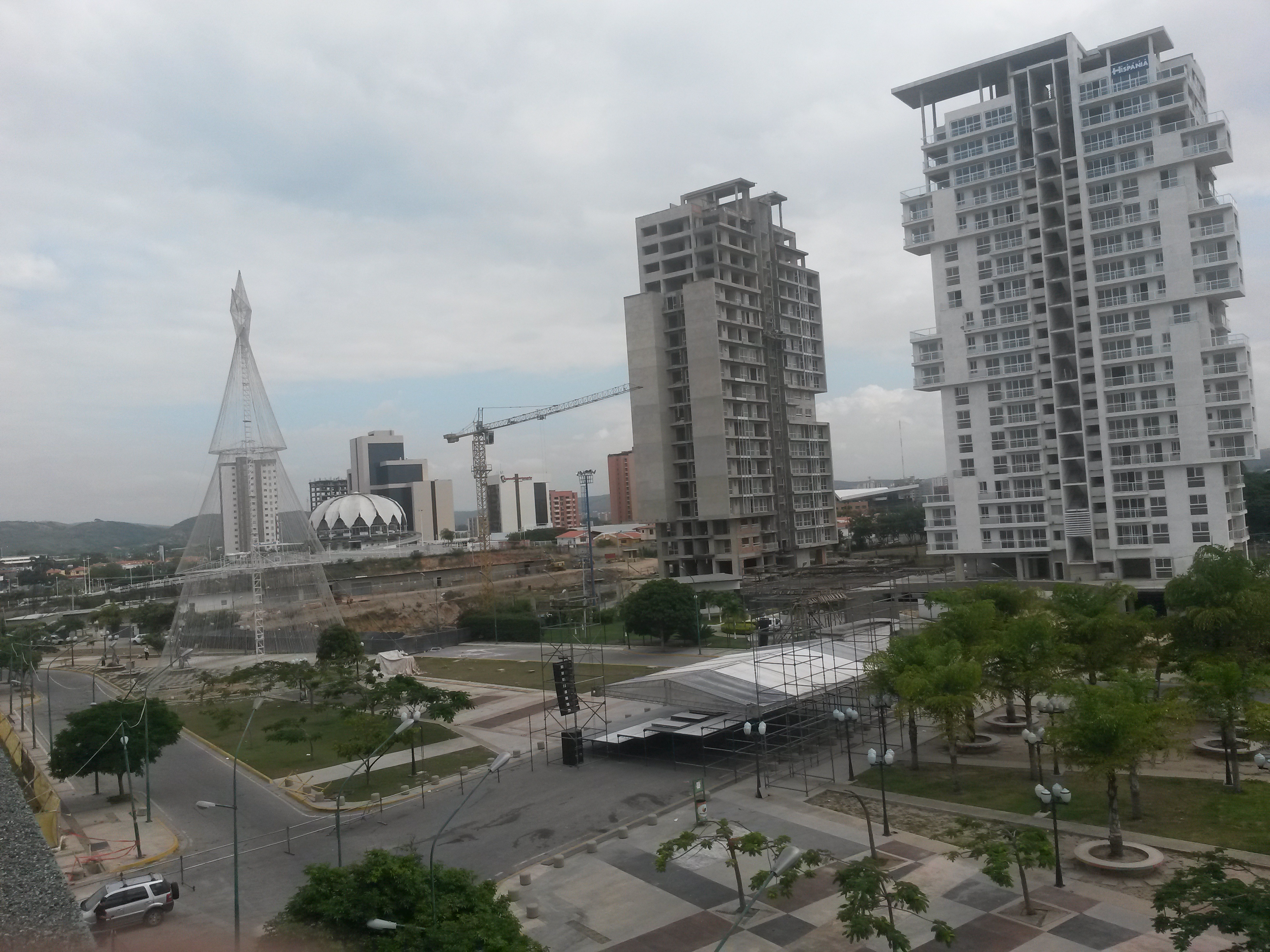
Source: Author's own. Reinforced concrete buildings. Barquisimeto, Venezuela.
Ready-mix concrete has partially alleviated this risk factor, at least at the level of quality control of the mix design, focusing mainly on placement and its subsequent phases.
Source: Author's own. View of reinforced concrete and glass buildings. Panama City.
A ready-mix concrete plant ensures that the ready-mix concrete mix meets all design parameters. This is maintained after it is transported and sometimes pumped to its final destination, and even though certain tests must be performed to verify such conditions, the reality is that it greatly simplifies the work in the execution of the project, which translates into time and therefore money and performance. Undoubtedly, this is a material that will remain at the top due to its great importance in the construction sector.
2ND MATERIAL: Wood
.Use: Interior and exterior
.Wood has the advantage of being a biodegradable material, so its use although it proposes large deforestations, promises to coexist with greener environments.
Source: Author's own. View of log cabin, Patagonia, Argentina.
Wood is so necessary for the construction sector that without it we could not form the construction elements such as beams, columns, slabs; nor could we enjoy buildings made of wood structure and masonry, parquet type floors that besides beauty give us a pleasant smell, functionality and the possibility of combining with other materials such as stone for example, throwing some very interesting rustic and even elegant combinations.
Source: Author's own. Use of wood in interior cladding. Meeting Room of the Presidential Palace of Ecuador.
On the other hand, we cannot deny that wood has played a fundamental role in the elaboration of furniture, from children's desks in schools, to the most beautiful bedroom sets, dining rooms, kitchens and a wide range of desks and office furniture.
3RD MATERIAL: The glass
Use: Indoor and outdoor
.Glass is a material as old as mankind itself. It came from volcanic eruptions but with the evolution of man, it was created artificially, varying and improving their conditions of strength and durability that have expanded its field beyond the use of windows only.
Source: Author's own. Building with glass façade. Buenos Aires, Argentina.
In this sense and with the help of the first industrial revolution, this material is produced in greater quantities; in addition, it ventures into the field of scientific research as a construction material that allowed to improve the physical, mechanical, acoustic and chemical properties, to meet more important requests, such as its incorporation in structural facades, stairs, stained glass, among others.
Source: Author's own. Glass roof covering. Galerias Pacifico Shopping Mall. Buenos Aires, Argentina.
For architecture, this material is of great importance, since it not only allows light to pass into the interior of buildings, but is configured as a collaborative structural element, resistant and in different forms and designs, beautify the architectural environments. So much so that today we see buildings covered in glass, showing the majesty of a work of art.
Written by @darwinperez
Civil Engineer

The photographs are my own.
Other social networks.
Twitter: Instagram:
Saludos comunidad Architecture+Design. Mi profesión es Ingeniero Civil y quisiera presentarles mi publicación correspondiente al Tercer Concurso Viviendo en un mundo material, promocionado por esta comunidad y cuyas bases las pueden consultar aquí.
Me parece muy interesante el concurso, debido a que todo lo que nos rodea es un mundo material, un entorno heterogéneo, conformado por diversidad de materiales y acabados, un mundo lleno de urbanismos, de ciudades que día a día expanden sus economías y que para eso necesitan desarrollar su infraestructura.
Un entorno que por donde lo mires verás diversidad de materiales de construción, que nuevos o desgastados cumplen una función al servicio de sus usuarios. Edificios, universidades, hospitales, hoteles, vialidades y hasta nuestras casas, son muestra de que vivimos en un mundo material. Te invito a conocer tres (3) materiales de construcción, que en mi opinión mueven la industria.
1ER MATERIAL: El concreto premezclado
Uso: Interior y exterior
El concreto es junto al acero los materiales más indispensables en la industria de la construcción. En los origenes solo existía el concreto hecho en obra pero posteriormente cuando nace "el concreto premezclado" se marcó un hito que conllevó a emplear esta modalidad para construcciones de gran escala y de envergadura.

Fuente: Propia del autor. Vaciado de concreto premezclado
Mientras más grande sea la cantidad de concreto a vaciar mayor será el riesgo en controlar adecuadamente todos los parámetros y factores que afectan, tanto los componentes, como la elaboración de la mezcla, colocación, curado y desencofrado de elementos constructivos.

Fuente: Propia del autor. Edificios de concreto armado. Barquisimeto, Venezuela.
El concreto premezclado vino a desahogar en parte ese factor de riesgo, por lo menos a nivel de control de calidad del diseño de la mezcla, enfocándose el esfuezo mayormente a la colocación y sus posteriores fases.
Fuente: Propia del autor. Vista de edificios de concreto armado y vidrio. Ciudad de Panamá.
Una planta de concreto premezclado garantiza que la mezcla de concreto elaborada cumpla con todos los parámetros del diseño. Esto se mantiene así luego de ser transportada y en ocasiones bombeada, hasta llegar a su destino final, y aun cuando deben practicarse ciertos ensayos para constatar tales condiciones, la realidad es que se simplifica mucho el trabajo en ejecución de la obra, lo cual se traduce en tiempo y por ende dinero y rendimiento. Sin duda alguna este es un material que seguirá en el tope por su gran importancia en el sector construcción.
2DO MATERIAL: La madera
Uso: Interior y exterior
La madera tiene la ventaja de ser un material biodegradable, por lo cual su uso aunque propone grandes deforestaciones, promete convivir con entornos más verdes.
Fuente: Propia del autor. Vista de cabaña de madera, Patagonia, Argentina.
La madera es tan necesaria para el sector construcción que sin ella no podríamos encofrar los elementos constructivos como vigas, columnas, losas; tampoco podríamos gozar de edificaciones elaboradas en estructura y mamposteria de madera, pisos tipo parquet que aparte de belleza nos regalan un olor agradable, funcionalidad y la posibilidad de combinar con otros materiales como la piedra por ejemplo, arrojando unas combinaciones rústicas y hasta elegantes muy interesantes.
Fuente: Propia del autor. Uso de la madera en revestimiento de interiores. Sala de Reuniones del Palacio Presidencial de Ecuador.
Por otro lado, no podemos negar que la madera ha tenido un papel fundamental en la elaboración de mobiliarios, desde los pupitres de los niños en las escuelas, hasta los más hermosos juegos de cuarto, comedores, cocinas y una amplia gama de escritorios y mobiliarios de oficina.
3ER MATERIAL: El vidrio
Uso: Interior y exterior
El vidrio es un material tan antiguo como la humanidad misma. Provenía de las erupciones volcánicas pero con la evolución del hombre, se logró crearlo artificialmente, variando y mejorando sus condiciones de resistencia y durabilidad que han permitido ampliar su campo más allá del solo uso de ventanas.
Fuente: Propia del autor. Edificio con fachada de vidrio. Buenos Aires, Argentina.
En este sentido y con la ayuda de la primera revolución industrial, se produce este material en mayores cantidades; además se incursiona en el campo de la investigación científica como material de construcción que permitió mejorar las propiedades físicas, mecánicas, acústicas y químicas, para atender solicitaciones de mayor importancia, como por ejemplo su incorporación en fachadas estructurales, escaleras, vitrales, entre otros.
Fuente: Propia del autor. Cubierta de techo de vidrio. C.C. Galerías Pacífico. Buenos Aires, Argentina.
Para la arquitectura, este material es de gran importancia, ya que no solo deja pasar la luz al interior de las edificaciones, sino que se configura como un elemento colaborativo estructural, resistente y que en diferentes formas y diseños, embellecen los entornos arquitectónicos. Tal es así que en la actualidad vemos edificios que cubiertos en vidrio, muestran la majestuosidad de una obra de arte.
Escrito por @darwinperez
Ingeniero Civil

Las fotografías son propias.
Otras redes sociales
Twitter: Instagram:

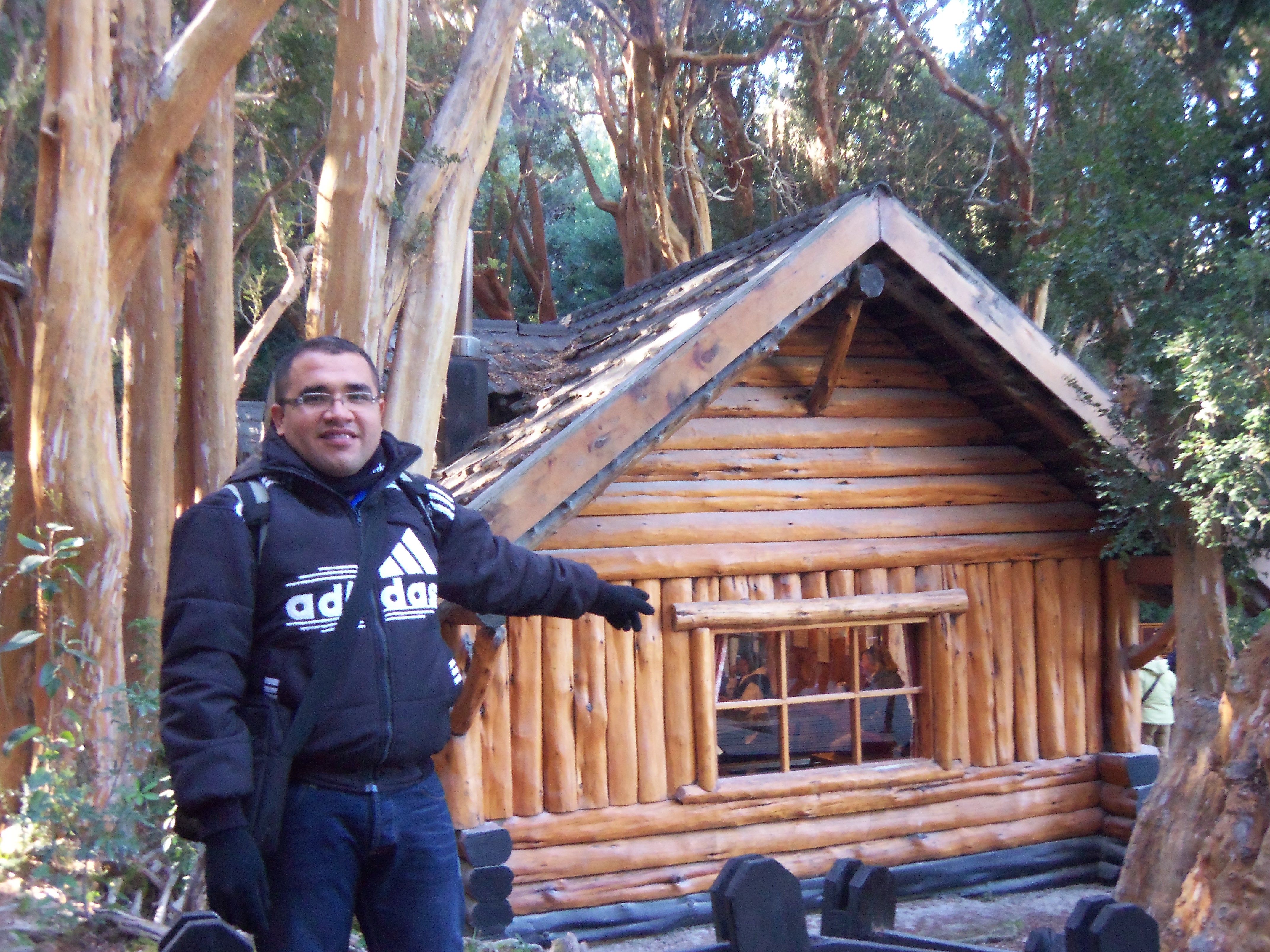
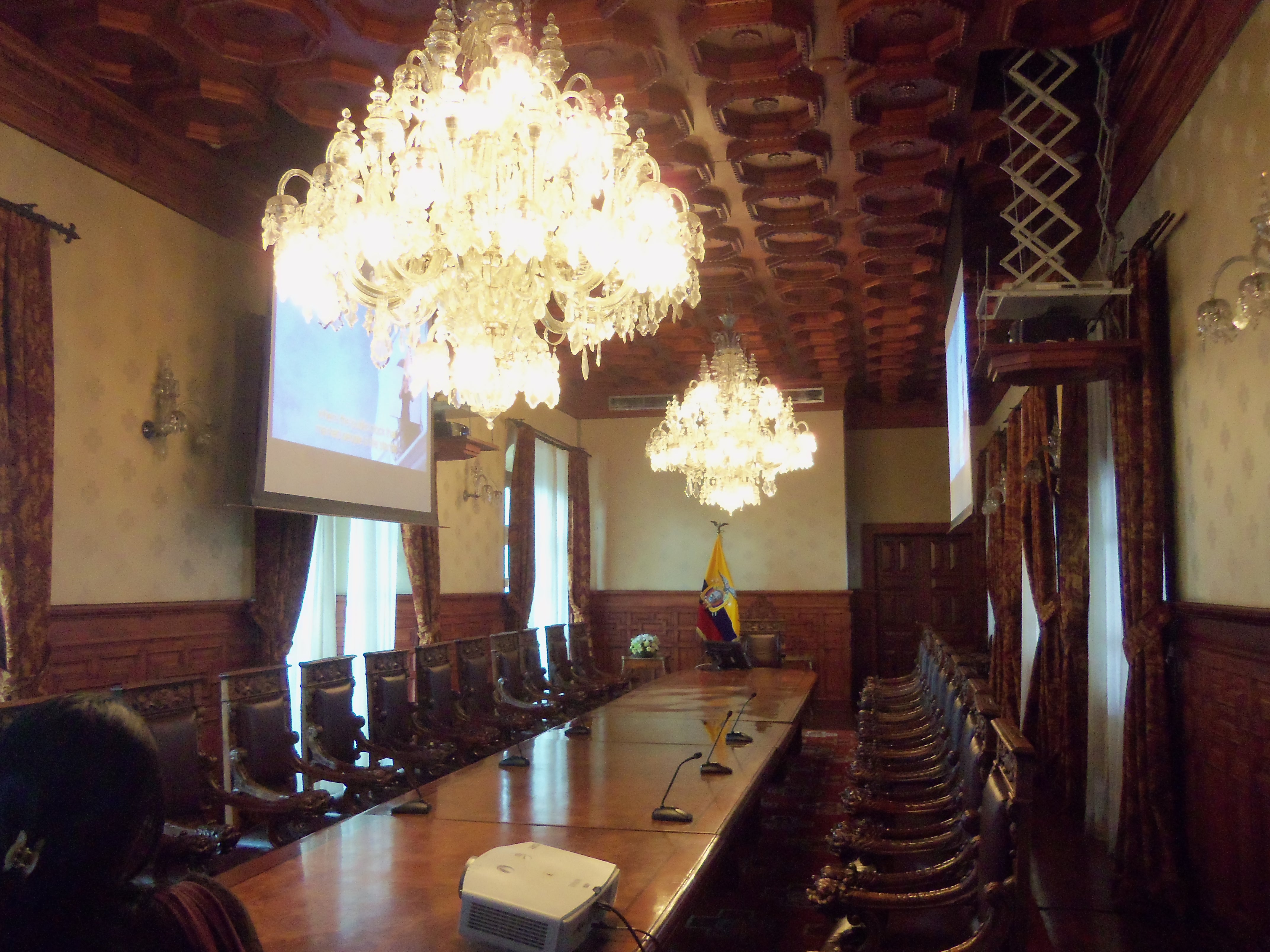
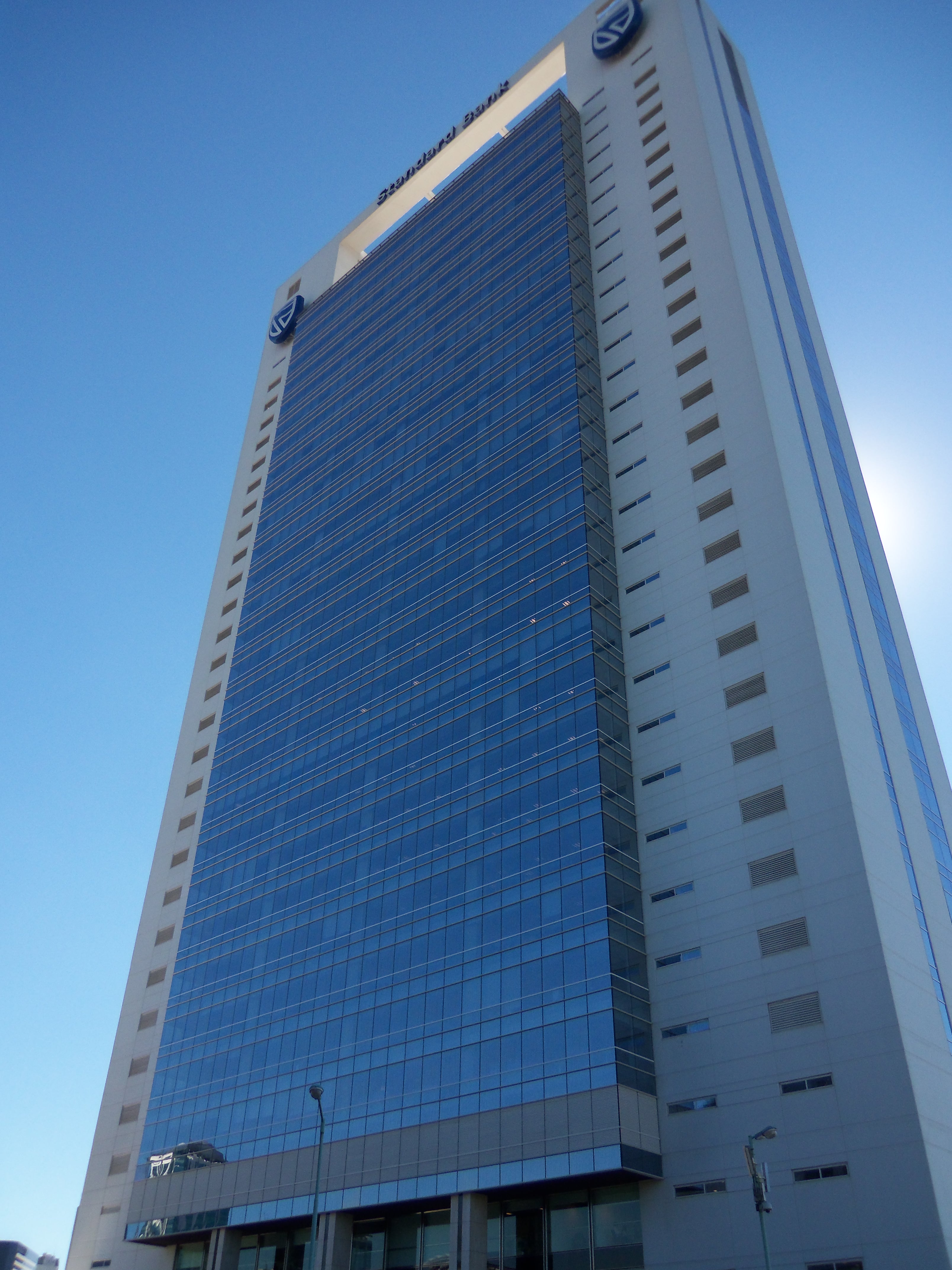
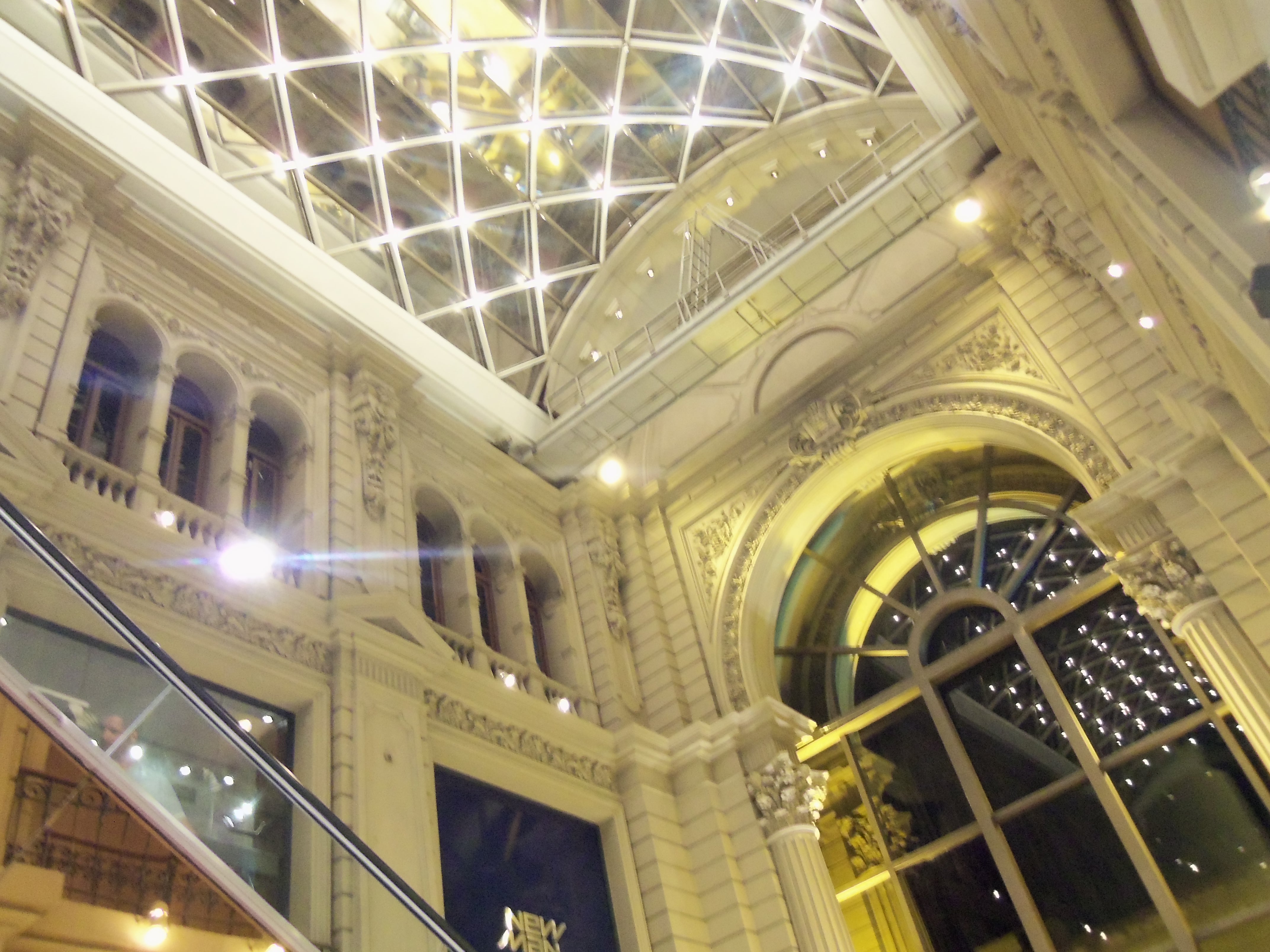
Welcome to Architecture + Design Community @darwinperez! Great entry to the Living in a Material World contest!
I love the smell of teak and pine wood. Which wood scent do you prefer the most?
Special Thanks!. I like the smell of oak and pine very much.
The Architecture+Design Community is an Active Member of the
OCD Communities Incubation Program
Very grateful @aplusd, with the opportunity you provide for the dissemination of our contributions in this wonderful area of Architecture + Design.
Architecture+Design Community on the Hive! Thank you for presenting to us your excellent choices of materials as your entry to our third contest! We look forward to experiencing more great posts from you soon!Hello @darwinperez! We're truly delighted to welcome you to the
Hello @storiesoferne.Thanks to you for showing us such an interesting community. Yes, I would like to share other posts and read those of fellow members. Thanks for the welcome
Hey, @darwinperez. Good afternoon from Venezuela. I think you're one of our Venezuelan brothers. Congratulations on your publication I loved it. Keep going that this community is a big family. Successes and blessings.
Hello, Yes I am Venezuelan from Barquisimeto, Lara State. Thank you very much for the feedback. I am glad to have found this community and I see that everyone is very kind. Many blessings and success. Amen!
Congratulations @darwinperez!
You raised your level and are now a Minnow!
Check out the last post from @hivebuzz: